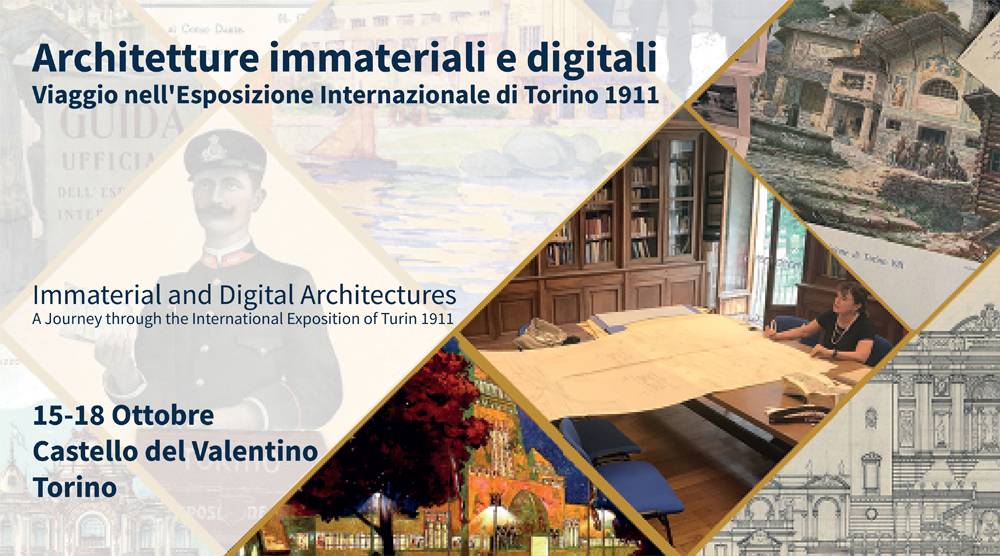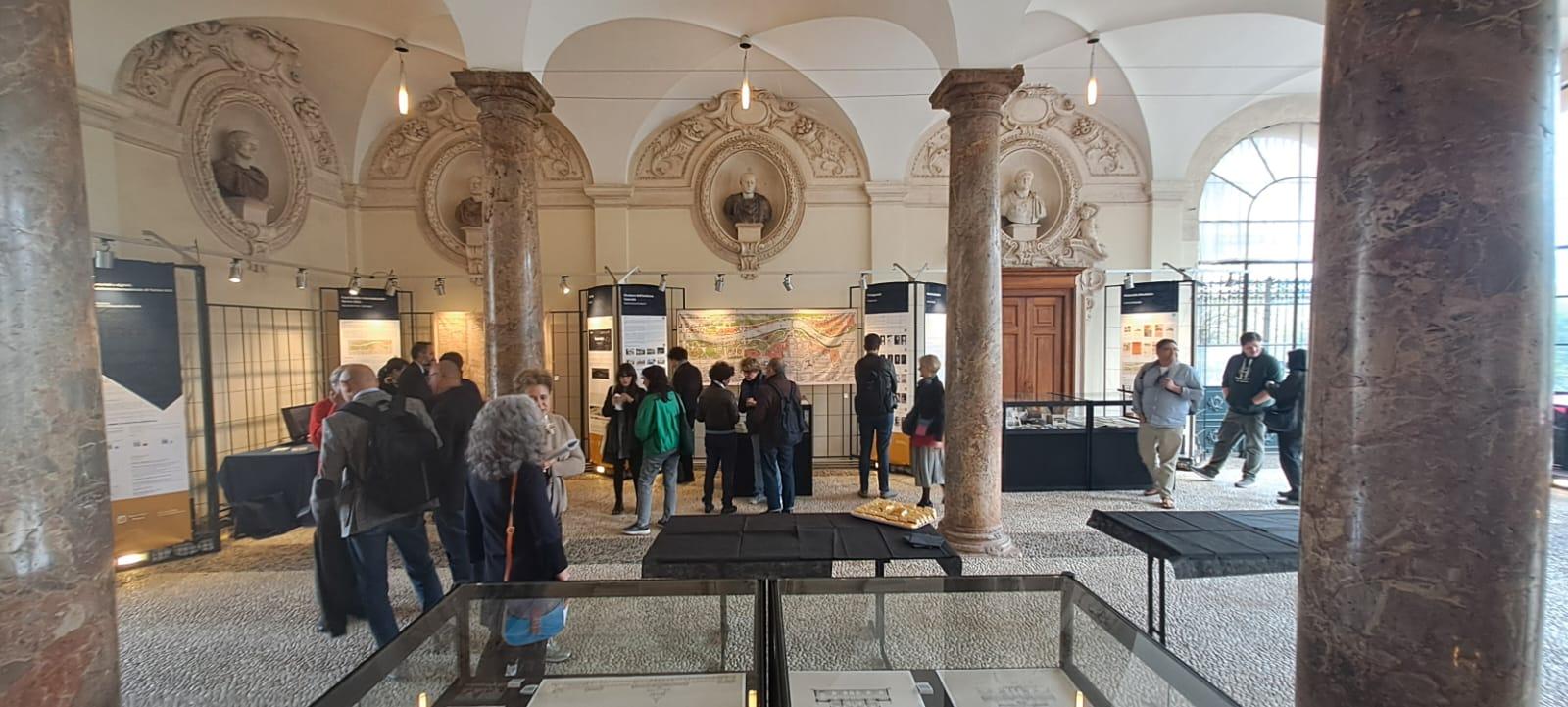News
November 08, 2024

The Valentino Castle, the historic site of the Polytechnic University, hosted the exhibition "Immaterial and Digital Architectures," a tribute to the history of Turin and the significance of the 1911 International Exposition of Industry and Labor. This event marked both a look back at Turin’s heritage and a step forward toward a new mode of preserving and disseminating cultural heritage, where digital technology plays a crucial role. The Exposition, held in the heart of Valentino Park to celebrate the 50th anniversary of the Kingdom of Italy, attracted over 7 million visitors from around the world. However, of the nearly 200 architectural structures built for the occasion, no visible trace remains today.
The exhibition, held in the Sala delle Colonne of Valentino Castle from October 15 to 18, was an integral part of the interdisciplinary research project "Turin 1911," a collaboration between the Polytechnic University of Turin and the University of California, San Diego (UCSD). The primary goal of Turin 1911 is to study and document one of the most significant events in the history of 20th-century architecture and culture in Turin. Through the exploration and digitization of archival materials, often difficult to access, the project aims to revive the memory of that monumental Exposition, highlighting the importance of ephemeral architecture. Turin 1911 seeks to make these materials accessible and valuable through a website (italyworldsfairs.org) that collects archival materials such as maps, architectural drawings, and photographs.

On October 15, the Sala della Caccia of Valentino Castle hosted the project presentation and exhibition opening, featuring notable speakers from the Polytechnic and other institutions. Alberto Sapora, Vice-Rector for Internationalization at the Polytechnic, emphasized the importance of combining tradition and innovation, interdisciplinary research in immaterial architectures, and the challenges of the digital era. Antonio Ledda, Chair of the City Council's Urban Planning Commission in Turin, noted how Valentino Park remains an icon of the city. Filiberto Chiabrando, Professor of Geomatics at the Polytechnic's Department of Architecture and Design (DAD), described the evolution of the "Turin 1911" project over the years and the partnership with UCSD. Monica Naretto, Coordinator of the PhD Program in Architectural Heritage at the Polytechnic, highlighted the importance of Valentino Park as a historic public park with an exhibition vocation. Giovanni Cerutti, Director of the “Achille Marazza” Foundation in Borgomanero, discussed Stefano Molli's role in the Exposition’s design and collaboration with the Polytechnic on the digitization of architectural drawings. Cristina Della Coletta, Dean of the School of Arts and Humanities at UCSD, presented the project's future developments, particularly the web application for educational purposes that will guide citizens and tourists through the digital world of the 1911 Turin Exposition. Alessandra Spreafico, a research fellow at DAD, introduced the exhibition and the project’s “Turin1911” website, where all documentation and digital reconstructions are available online. Michele Bonino, Director of DAD, concluded the morning by highlighting how Valentino Park is once again at the center of public attention amid ongoing urban transformation.
.jpg)
The exhibition provided visitors with a unique experience that combined physical exploration of original archival material from Cristina Della Coletta's private collection (preserved in San Diego) with digital technologies. This collection includes photographs, drawings, and historical documents narrating the setup and course of the 1911 exposition. Visitors could explore the Exposition's architecture in various ways through online 3D digital models, 3D prints, and an augmented reality application. Additionally, some musical pieces performed during the Exposition were digitally reproduced, allowing the public to listen to compositions from 1911. The illustrative panels and life-size reproductions of maps and architectural drawings help convey the scale and complexity of the Exposition’s projects, while the digital models offer a chance to explore new methods of understanding. By integrating diverse digital technologies, the exhibition was a concrete example of how technology today can bridge the past and present, opening up new possibilities for exploration and understanding for the public.

